
Eager to tie the knot, Union Pacific and Norfolk Southern have asked federal regulators for a faster review of their proposed transcontinental merger, Trains has learned.
The Surface Transportation Board in September proposed a roughly 390-day schedule to review the railroads’ $85 billion deal. The calendar includes wiggle room that would allow the board to adjust the timing of public hearings, its final decision, and the date the decision would become effective.
But UP and NS, in an Oct. 20 regulatory filing, asked the STB to shave 45 days off the review process.
Teams at both railroads have been working on the merger application, which is expected to be filed in late November or early December. “Their work has confirmed that, because of the merger’s end-to-end nature, the transaction does not present any complex competitive or operating issues,” UP and NS said in their filing, which has not been posted on the STB website due to the ongoing federal government shutdown that began on Oct. 1.
A 345-day filing-to-decision schedule, the railroads argue, would be in line with the STB’s drive to be more efficient under Chairman Patrick Fuchs — and with the Trump administration’s goal of streamlining regulations that stand in the way of economic development and infrastructure projects.
UP CEO Jim Vena has said the merger is so pro-competitive that there’s no reason for the STB to spend a year gathering information.
The railroads propose condensing comment and rebuttal periods. They also want the board to set firm dates for public hearings and the close of the record, the timing of a final decision, and its effective date.
Mobilizing Shippers
Meanwhile, rival railroads have stepped up their opposition to the UP-NS merger. Canadian National and Canadian Pacific Kansas City have both launched web pages that encourage shippers to oppose the deal, joining BNSF Railway, which was the first to do so. (CN: Keeping Competition on Track; CPKC: The UP-NS Merger is Not in the Public Interest; BNSF: Preserve Rail Competition.)
Their argument: The merger is not necessary and is not in the best interests of shippers or the U.S. economy.
CPKC CEO Keith Creel, speaking during the railway’s earnings call on Wednesday, said the STB should take up to 17 months to consider the UP-NS transaction, a 500-plus day schedule that would be in line with its review of Canadian Pacific’s 2023 acquisition of Kansas City Southern.
“You’ve got a lot of people that deserve and want and will need to take ample time to review the application, ample time to respond,” Creel says. “The only way you get to a place where the STB can make a fulsome, thorough decision is if all the facts have been shared and heard and understood.”
Creel also said that the merger is not a simple end-to-end combination because of the way the UP and NS networks overlap in the Midwest and at major gateways, including Chicago, Memphis, St. Louis, and New Orleans.
“You’ve got overlap in key markets. You’ve got customers that are going to have fewer options,” Creel says. “I don’t say you’re enhancing competition if you reduce options.”
UP and NS have said there are only 10 or so customer locations currently served by both railroads in the Midwest. They also say that the key competitor is trucks — not other railroads — and that by providing single-line service the combined UP-NS system will be able to divert highway shipments to rail.
Despite the Wall Street consensus that the STB will approve the UP-NS merger, Creel says there’s no guarantee the transaction can clear the tougher regulatory hurdles that include a public interest test and a requirement that the combination will enhance competition rather than merely preserve it.
“There’s a lot of invested investors that perhaps want this to be a layup,” Creel says. “This is not a layup … It’s not a foregone conclusion that it will be approved.”
Creel contends that a combined UP-NS system — which will handle about 40% of U.S. rail volume — would have too much market power.
“A merger of this magnitude introduces unprecedented risk by heavily concentrating much of the decision-making for our national rail network, with undeniable implications on the entire supply chain,” he says.
UP already has tried to thwart competition, Creel argues, citing UP’s 2023 refusal to allow CPKC to use KCS haulage rights south of Beaumont, Texas, for grain shipments bound for export via the ports of Houston and Galveston.
CPKC filed a complaint with the STB in 2023 about UP blocking its grain trains from using the haulage rights KCS was granted as part of UP’s acquisition of the Missouri-Kansas-Texas, or Katy, in 1988. In a July 2025 decision, the board sided with CPKC.
“That’s the kind of behavior we’re concerned about,” Creel says.
And that’s why he says it’s important for the STB to impose conditions that would protect competition should the UP-NS deal win approval. Historically, the board has sought to preserve interchange options for rail customers. UP has said it will keep all existing gateways open.
“You can protect gateways, but if you’ve got enough reach and scale, it’s not the gateway traffic that gets impacted,” Creel says. “ It’s the captive traffic.”
If shippers chose to route their traffic with BNSF or CSX at UP gateways, UP could leverage its market power to increase rates on captive shippers, Creel says.
Creel expects shippers to line up against the UP-NS merger. Some of them, he says, fear retaliation if they speak out publicly and are instead having shipper associations relay their concerns to the STB.
Meanwhile, Creel says CPKC is working with BNSF and CSX on new interline service that can provide many of the same benefits of a merger without the risk of integration-related service problems. “It’s going to allow us to win market share, working with our partners in the West and our partners in the East. And I can tell you, they’re motivated to work,” he says.
CPKC and CSX will launch truck-competitive 30-hour service between Dallas and Atlanta for intermodal and carload traffic. The transit time — which Creel says will be faster than Norfolk Southern service over the Meridian Speedway and will be competitive with trucks — will be made possible in January when CPKC and CSX complete trackwork and raise speeds to 49 mph on their interchange route on the former Meridian & Bigbee.
The former short line, now split operationally between CPKC and CSX, links CSX at Montgomery, Ala., with CPKC at Meridian, Miss., via interchange at Myrtlewood, Ala.
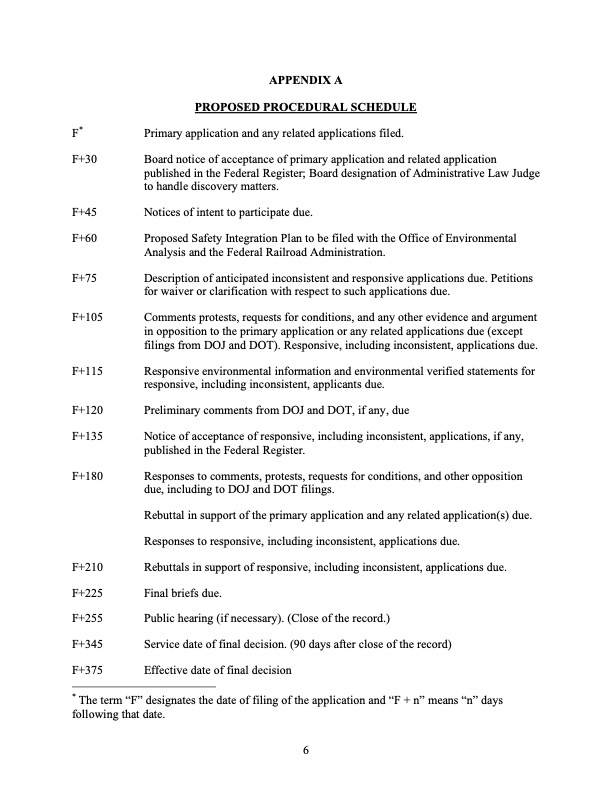







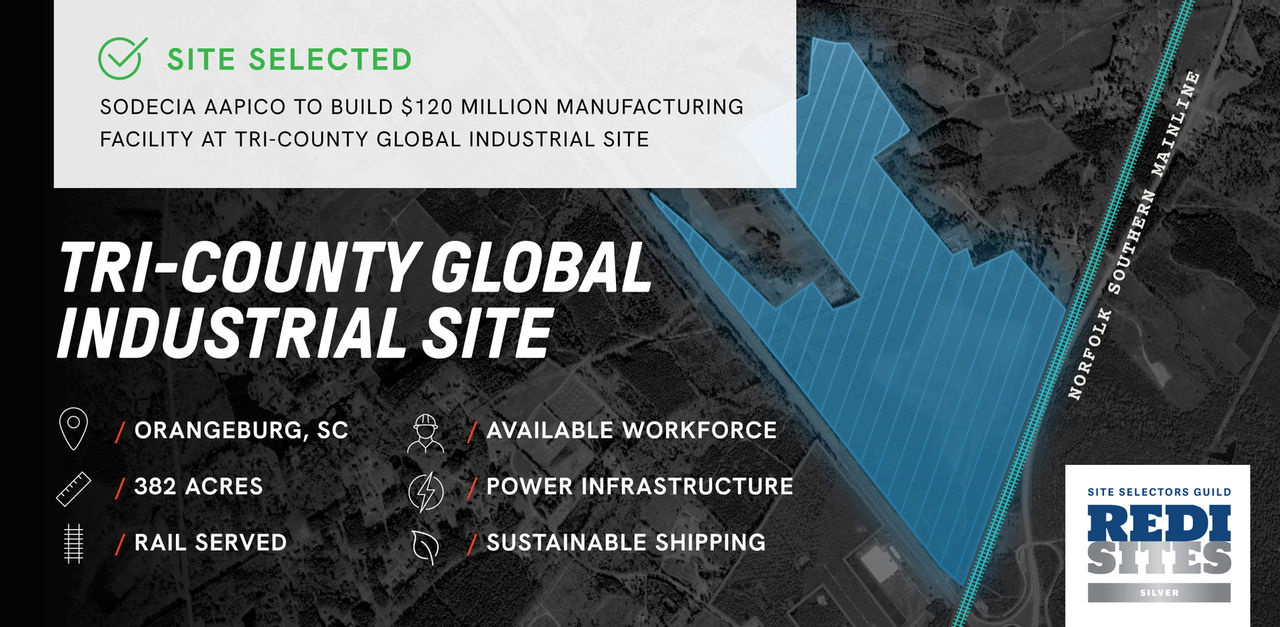
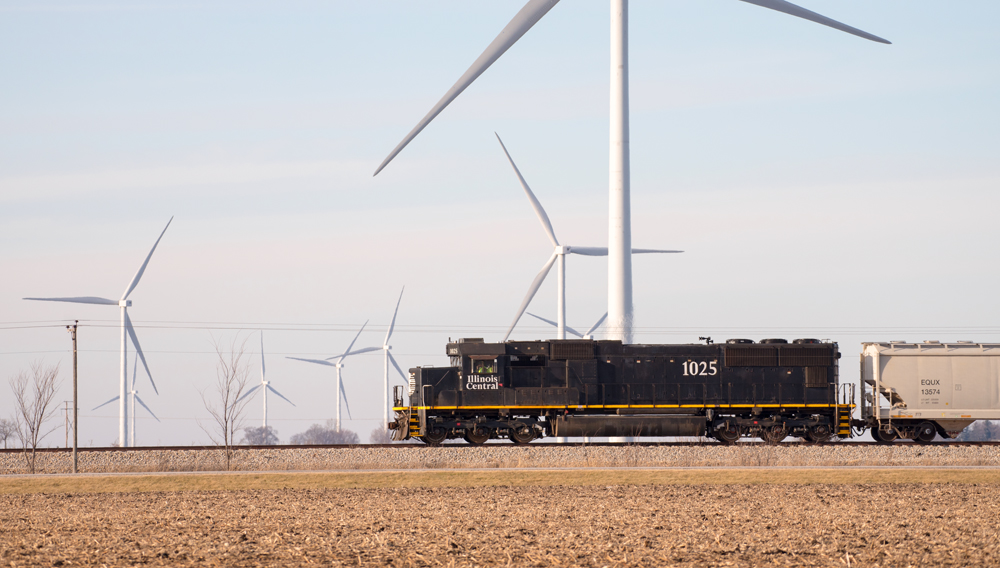


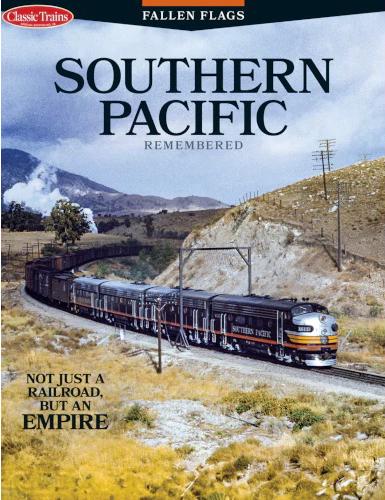

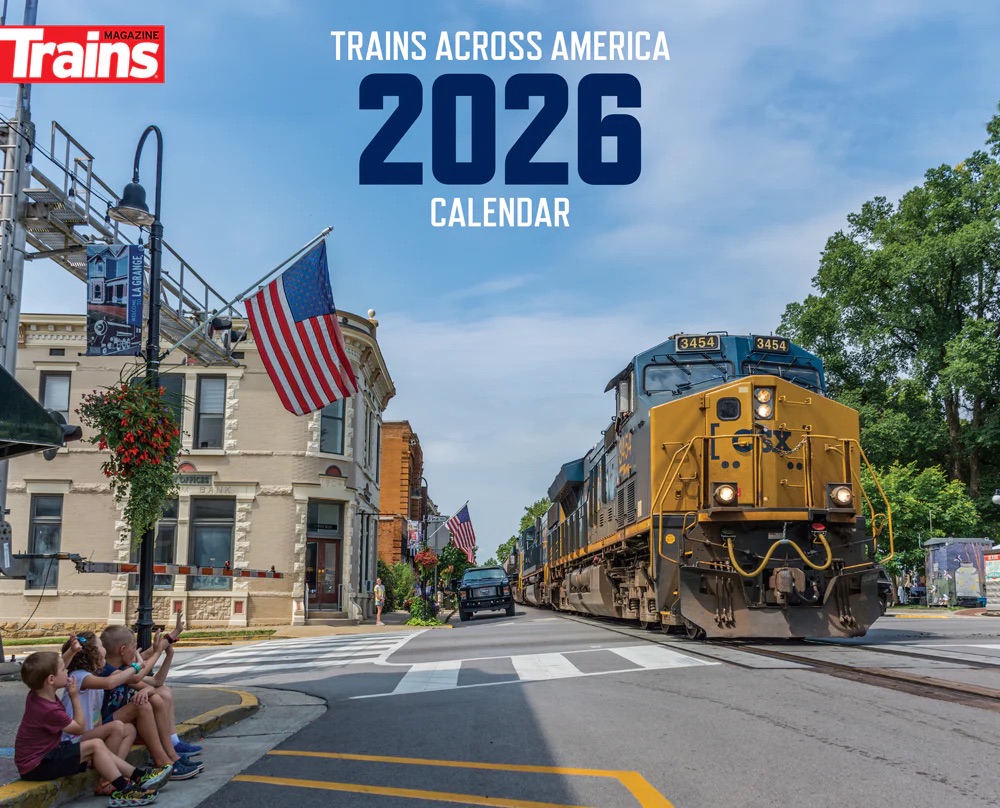
The 1997 UP meltdown was caused primarily by UP closing Strang’s hump, and attempting to add those 800 cars per day to Englewood’s 2000 – a 40% increase in hump count.
SP’s plant was not in terrible shape and the operation was not that archaic. It was the Strang decision that resulted in sidings being blocked as far west as Los Angeles.
The last beneficiary of a merger now talks trash about the next merger.
Gotta love the cosmic sense of entitlement! Far too many mergers have been green-lighted without adequate review, ESPECIALLY those involving UP. And the STB adding conditions is a joke. The monstrosity surviving entity does what it wants, and competitors, shippers, and public are left to seek a remedy in endless STB and/or court proceedings.
This comment doesn’t quite make sense Dale. All the previous mergers took far longer to complete than proposed for this one. Many would say they were over regulated to the detriment of both parties. UP-Rock Island is the perfect example. By the time the ICC got around to approving it, UP no longer wanted Rock Island, it was in such poor shape. And why single out UP? The only actual merger they had that had problems was the UP/SP merger and that was because no one really understood the archaic way that SP had been operated, especially in the south and how really terrible their physical plant was. The melt down didn’t happen on the UP system… it happened when they tried to integrate the SP into the rest of the system. Lack of SP capacity became the proverbial bottle neck, not computer issues or business issues. But in this transaction, both roads are in very good physical and financial shape and AI will help work out any IT issues that the two teams are already working on. This merger will be good for industry, despite CPkc, CN and BNSF Chicken Littles proclaiming doom and gloom. The SKY IS NOT FALLING. They just don’t want to have to compete, which is rich with all the bs spewing from the halls of CPkc, especially if BNSF really does not desire to enter the merger landscape… They have a guaranteed sugar daddy in JB Hunt and with CGA-CGM coming in board, they can’t be distracted by a merger that doesn’t help them as much as it would CSX…
Actually the UP/CNW merger was no slam dunk and a prelude to the SP disaster, illustrating how hubristic management was (and most likely would still be) in stepping in to large scale integrations of such magnitude that are casually dismissed.
“We learned a lot [about] how to do it right next time. . . . I guarantee there won’t be
a repeat of service problems in the future with or without the Southern Pacific.”
Ronald J. Burns, President and CEO, Union Pacific Railroad
That comment preceded the most fabulous railroad meltdown ever. The effects of the SP merger spread to the entire UP system, with trains routed to distant yards that might have temporary room for them, crew and power shortages and a railroad cluttered with tied up trains for years, really, as well as affecting stock price and, not least, service to shippers. NS is presumably not in as dire shape as SP – the problem is the magnitude of the upheaval in digesting such large entities and whether such disruption to the supply chain is necessary aside from corporate dreams. As UP says in its “Support the Merger” booklet, risks involved include diversion of management attention, inherent risks of integration, maintaining morale, faulty assumptions and so on. Are one or two end to end transcon systems really necessary, or wise? Any why cannot the current roads transfer traffic that was once efficiently transferred from four or five systems to cross the country. There are already few enough carriers to stimulate and provide competition and narrowing this window does not a good transporation make.
Correction to last sentence above:
There are already few enough carriers to stimulate and provide competition and narrowing this window does not a good transportation policy make.
Vincent Saunders, please explain to me how a merger that will inevitably result in two U.S. Class I railroads and, quite possibly, just two North American railroads when all the dust settles, is good for the industry? Customers will no longer have any leverage and will (also inevitably) end up putting more and more freight on our already-crowded highways. Some short line railroads – especially those in the “watershed” area – will get choked out of business or, at minimum, see their ability to grow severely stunted because the behemoth Class Is will do everything in their power to establish long-hauls that bypass the littler guys who fill an important niche and provide a level of local service and contact that the Class Is do not.
This will be good for the UP & NS stockholders. (Are you one?) But it will not be good for the overall, long-term health of the industry.
One of the things that makes me sad about the present moment in economics and politics is that figures of national importance (in this case, UP and NS) can officially say something like “the transaction does not present any complex competitive or operating issues” and not feel the slightest bit of shame about telling such a whopper…